1960 – Joseph Klapper
In 1960, theorist Joseph Klapper published ‘The Effects of Mass Communication’ in which he proposed the Reinforcement Theory. Klapper argued that the mass media does not have the ability to influence audiences. “Regardless of whether the effect in question be social or individual,” he wrote, “the media are more likely to reinforce than to change.” Klapper argued that people’s attitudes, beliefs and behavior was more likely to be influenced by their family, schools, communities and religious institutions. He argued that the only time the media could influence people was when the media introduced a new idea or concept. Klapper also pointed out that there are particular attitudes and beliefs that the mass media is particularly unlikely to change, such as racial and religious tolerance because attitudes on such topics are “crucial to their self-images and central to clusters of related attitudes, they have occasionally been called “ego-involved,” attitudes and it has become something of a dictum that ego-involved attitudes are peculiarly resistant to conversion by mass communication – or, for that matter, by other agencies.”
When writing about whether media violence encourages people to be more aggressive, Klapper wrote: “Communications research strongly indicates that media depictions of crime and violence are not prime moves towards such conduct. The content seems rather to reinforce or implement existing and otherwise induced behavioral tendencies. For the well adjusted, it appears to be innocuous or even to be selectively perceived as socially useful. For the maladjusted, particularly the aggressively inclined and the frustrated, it appears to serve, at the very least, as a stimulant to escapist and possibly aggressive fantasy, and probably to serve other functions as yet unidentified.”
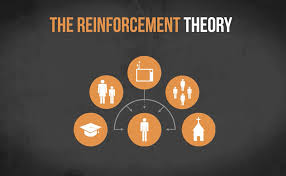
EVIDENCE
Columbine Shooters – Perfect Storm of Circumstances
Did the media play a role in the innocent lives lost during the shooting at Columbine High School?
Eric Harris & Dylan Klebold were known to play the violent video games, Doom and Duke Nukem, they listened to Marilyn Manson (the poster boy for fear) music and watched film texts like, Natural Born Killers. The question on everyone’s minds…..Did these media forms play a role in their desire to kill innocent lives the day the Columbine shooting took place at their high school?
The Reinforcement theory would suggest that the media has little power to influence people, it mealy reinforces our pre-existing attitudes and beliefs, which have been developed by more powerful social institutions like families, schools, religion and organisations. It has been stated that both Eric and Dylan were let down by their schools and families. Both boys acknowledging that they were outcast by their school. Dylan’s mother discusses the fact that she did not support her son in times of need, thinking at the time it was just an, “adolescent phase”. Therefore as a result of these powerful institutions letting them down at their times of need, these boys went into a state of destruction. Alongside mental in-stability, created the ‘Perfect Storm of Circumstances’.
Eric Harris & Dylan Klebold
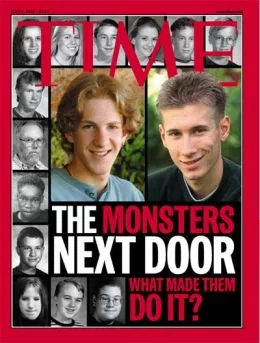

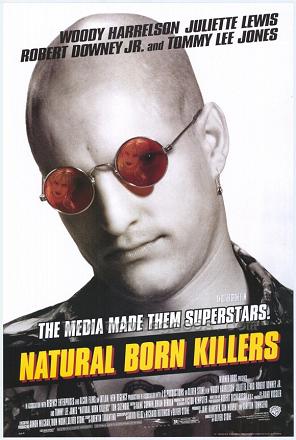
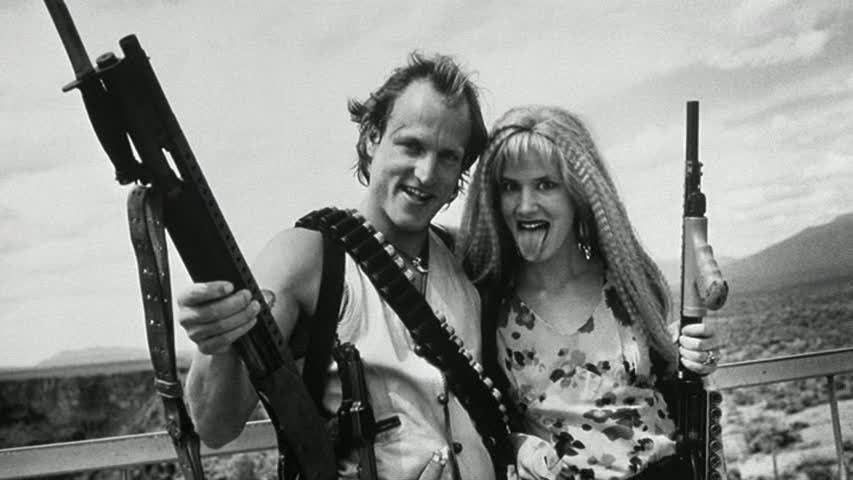

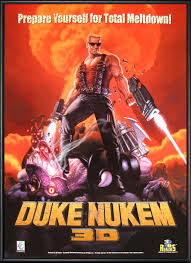
Batman Shooting

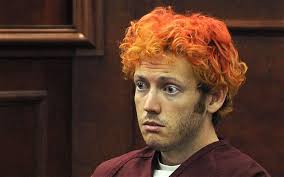
ARTICLE- BATMAN SHOOTING
In the hours since the tragic shooting in Aurora, Colo., details about the life of the suspected gunman, 24-year-old James Holmes, and his motives remain obscure. But a cloud of theories about violence, each accompanied by its own roster of statistics and experts, arises each time an event like this occurs, in an attempt to explain or at least contextualize the shocking episode. Indeed, a firestorm of press coverage has reignited a decades-old debate about the influence of violent media on those who consume it. Was Holmes, who according to some reports strode into the theater dressed as Batman's nemesis the Joker, affected by violent games or movies like those of the franchise he invaded? Or was his choice of venue calculated to attract the greatest number of victims? Insufficient evidence is available to draw conclusions yet, if it ever will be, about the twisted logic behind the tragedy in Colorado. But each time a trauma like this occurs, the statistics rolled out offer a conflicted picture of American society: violence in the media we consume continues to increase, and many researchers insist it leads to increased aggression and desensitization in youth. Others are convinced violent media has no effect. Meanwhile, real-life violence has dropped precipitously over the last 30 years, and mass murders like the Aurora shooting make up a tiny fraction of violent crimes. But these traumas reopen conversation about violent media as Americans on both sides of the debate struggle to explain a senseless act.
Theory refuted
The press has already begun to speculate the relationship Holmes might have had to violent media or even specifically to the "Batman" franchise. An article from The Associated Press offered a number of connections between fictional Batman storylines (some of whose grislier events, including the murder of Bruce Wayne's parents) take place in or outside movie theaters. Murmurs also surround details of the events at the screening: Holmes apparently referred to himself as the Joker, a Batman villain from the previous film, "The Dark Knight." He entered the movie theater in a mask, a similar guise to the villain in the new film, "The Dark Knight Rises." Reportedly, audience members initially assumed Holmes' entrance was a movie-related stunt. But not all scholars are convinced of the significance of these details — or, in fact, of the whole of the research into the influence of violent media. Jonathan Freedman, a psychologist and emeritus professor of the University of Toronto, reviewed the research on media violence and came to the opposite conclusion of Murray. "What I've done is review the research that everyone has done … I've concluded that there is no evidence, at least no convincing evidence, that violent media causes people to commit violent crimes," he said. He published his results in his book "Media Violence and its Effects on Aggression."